Specifications
| Title | Interior of a Cooper's Workshop |
|---|---|
| Material and technique | Black chalk, pen and brown ink, brown and red wash, framing lines with the pen in brown ink |
| Object type |
Drawing
> Two-dimensional object
> Art object
|
| Location | This object is in storage |
| Dimensions |
Height 190 cm Width 242 cm |
|---|---|
| Artists |
Draughtsman:
Abraham Bloemaert
|
| Accession number | A Bloemaert 12 (PK) |
| Credits | Purchased 1866 |
| Department | Drawings & Prints |
| Acquisition date | 1866 |
| Creation date | in circa 1600-1610 |
| Signature | none |
| Watermark | coat of arms of Burgundy and Austria with Golden Fleece beneath (fragment: top part of the shield, with crown, 51x62 mm, on the lower right margin, on P5-7 from the left)(vH, 9P, fine), similar to Heawood 481 (Schieland 1602 and in Jodocus Hondius, Theatrum Artis Scribendi, Amsterdam 1594), similar to Churchill 266, but without housemark in the lower section of the shield (no place, 1623). This type of watermark (fragmented), is also found in drawings by Carel van Mander in the Museum Boijmans Van Beuningen, inv. nos. MB 1721-1723, MB 1726 and MB 1728 [Click thumbnail for an image] |
| Condition | foxing and smudges, undulations in the corners on the left and the upper right one (formerly attached there), top left corner repaired, damaged top margin |
| Inscriptions | ‘Bloemaert 92’ (verso, at lower right, in black chalk) |
| Mark | none |
| Provenance | Gerard Leembruggen jz. (1801-1865), Hillegom, his (†) sale, Amsterdam (Roos et al.), 5-8 March 1866, no. 92, fl. 7.50 [copy RKD], to Lamme for the museum |
| Exhibitions | Brussels/Hamburg 1961, no. 8, ill 6;Utrecht/Schwerin 2011, no. 54; Paris/Rotterdam 2014, no. 77 (Paris only) |
| External exhibitions |
Abraham Bloemaert. Een grootheid uit de Gouden Eeuw (2011) Abraham Bloemaert - Een grootheid uit de Gouden Eeuw (2012) Bosch to Bloemaert. Early Netherlandish Drawings from the Museum Boijmans Van Beuningen (2014) Bosch to Bloemaert. Early Netherlandish Drawings (2017) |
| Research |
Show research Netherlandish Drawings of the Fifteenth and Sixteenth Centuries |
| Literature | cat. 1869, no. 23; Bremmer 1924, no. 68; Martin 1935, p. 270; Roetlisberger 1993, vol. 1, p. 317, under no. 493; Bolten 2007, no. 1667; Shoaf Turner 2012, p. 20, under no. 5, p. 203, n. 5/6 |
| Material | |
| Object | |
| Technique |
Brown wash
> Washing
> Wash
> Drawing technique
> Technique
> Material and technique
Red wash
> Washing
> Wash
> Drawing technique
> Technique
> Material and technique
|
| Geographical origin | The Netherlands > Western Europe > Europe |

























